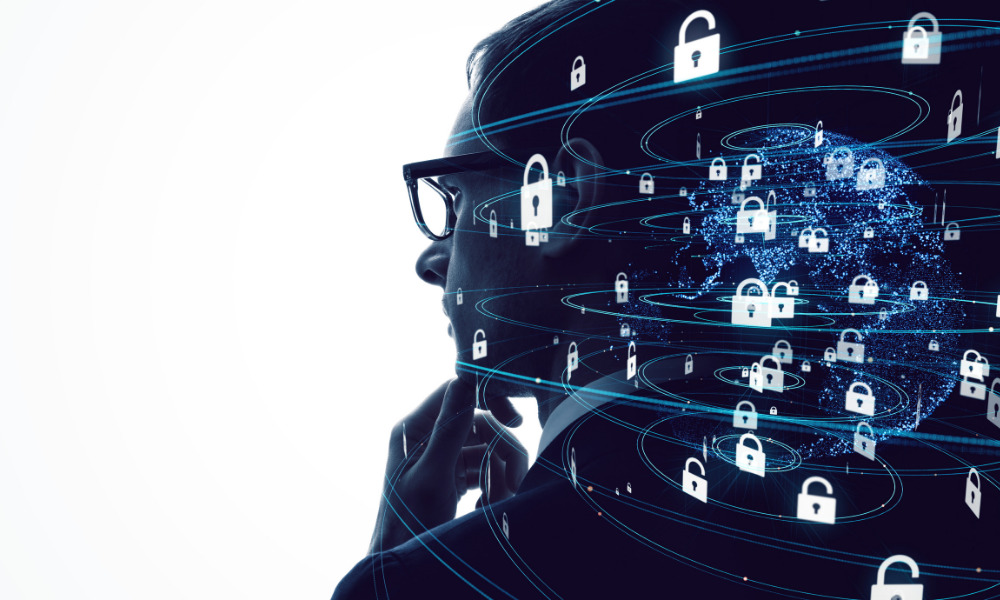Changing Security Leadership

The world seems to be changing faster than ever. Accelerating technological development, cyber threats, social polarization, the fragmentation and permeability of the information space, vulnerabilities in supply chains, and rising geopolitical tensions are creating a complex web of risks with cascading and interlinked potentials. This emerging risk landscape no longer respects clear boundaries and defies traditional predictability. At the same time, the way we work is also transforming: the physical workplace has dissolved, remote work has become the norm, and employees are scattered across the globe – often using personal devices and digital platforms not fully under the organization's control.
We are in the midst of a transformation that challenges traditional approaches to managing security. Security can no longer rely solely on control and rules; it must become embedded in organizational culture. Since it is no longer feasible to anticipate every possible scenario, what is required is a shared understanding of security, a sense of responsibility, and mutual trust. New ways of influencing must be adopted – through community building and value-based engagement. This calls for a mindset shift, the ability to manage networks, and the capability to motivate ground rules for all those involved in creating value.
Security is, more than ever, a strategic concern. A single data breach, supply chain disruption, or serious workplace accident can bring operations to a halt – or in the worst case, end the organization. It must also be recognized that security is not just about insuring against the unexpected; it is a foundation of competitiveness and trust. Increasingly, customers and partners expect their collaborators to be reliable even under uncertainty and in times of crises.
Furthermore, security can no longer be discussed in isolation from organizational responsibility. It is interconnected e.g. with employee well-being, data protection, ethical supply chains, and transparent risk management. Security leadership must be capable of speaking the languages of business, communications, HR, and corporate responsibility, to name a few. Silos don’t protect in a crisis – and they don’t help in everyday operations, either.
Security leadership is ultimately about leading people. The most important task of a security leader is not drafting rules, but enabling success by fostering trust, understanding, and commitment. Instead of being a change-averse bureaucrat, a security leader must act as an agent of change – someone who understands both the risks and opportunities of the operational environment and can communicate them clearly to both executives and frontline personnel.
In a world in flux, those who succeed will be the ones who can reshape their operations and dare to face even the most uncomfortable scenarios head-on. Security must not be an afterthought or a bolt-on requirement – it must be woven into the organization's overall strategy and day-to-day actions. In the current state of change, security leadership is not a burden, but an opportunity to steer organizations toward a more sustainable and resilient future.

Jere Peltonen, President, Finnsecurity.




